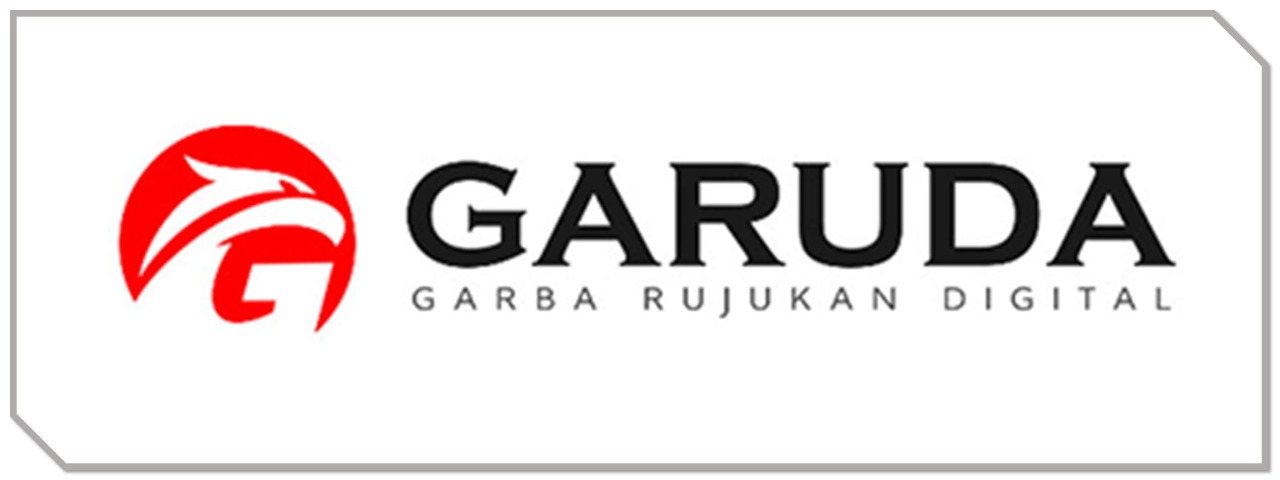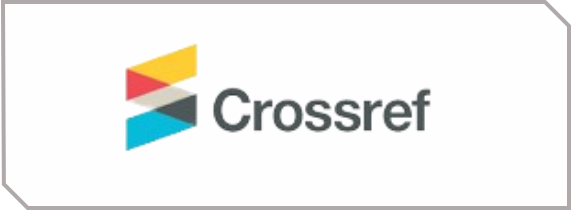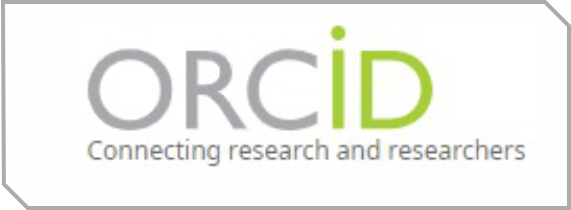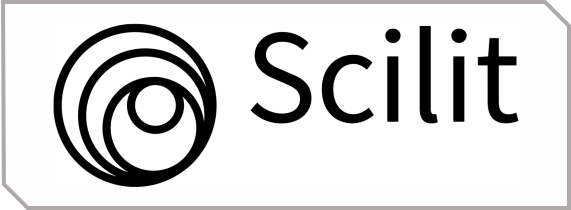Pemodelan dan Prediksi Densitas Larutan Porang dan Xanthan Gum dengan Menggunakan Model-Model Machine Learning
DOI:
https://doi.org/10.30588/jo.v8i2.2085Abstract
One physical characteristic that is helpful in comprehending the physical and chemical characteristics of a solution is the density of the polymer solution. Its primary function is to ascertain the polymer's concentration in solution. The density value can be used to estimate the polymer concentration in solution. The study of the flow and viscosity of polymer solutions also makes use of the interaction between the polymer and solvent. This study aims to establish a relationship between the density of porang and xanthan gum solutions and the percentage of porang, polymer content, and salinity. Machine learning models, like the Adaptive Neuro Fuzzy Inference System (ANFIS) and Artificial Neural Network (ANN), are used for modeling. The creation of these machine learning models used 471 digitized data of density curves of porang solution, xanthan gum solution, and porang-xanthan gum mixture solution. The training, validation, and testing processes of the ANN and ANFIS models provided average correlation coefficients of 0.99955 and 0.99999, respectively. Comparison between the estimates of the ANN and ANFIS models and the measurement results of 27 porang and xanthan gum solutions provided accurate results with correlation coefficients of 0.99893 and 0.99996, respectively.
Downloads
Published
How to Cite
Issue
Section
License
Copyright (c) 2024 Andrian Sutiadi, Izumi Wicaksono Dardjat, Muhammad Dzaki Arkaan, Dwi Atty Mardiana, Muhammad Taufiq Fathaddin, Pri Agung Rakhmanto, Havidh Pramadika, Arinda Ristawati

This work is licensed under a Creative Commons Attribution 4.0 International License.
Authors retain copyright and grant the Jurnal Offshore right of first publication with the work simultaneously licensed under a Creative Commons Attribution 4.0 International License that allows others to share (copy and redistribute the material in any medium or format) and adapt (remix, transform, and build upon the material) the work for any purpose, even commercially with an acknowledgement of the work's authorship and initial publication in Jurnal Offshore. Authors are able to enter into separate, additional contractual arrangements for the non-exclusive distribution of the journal's published version of the work (e.g., post it to an institutional repository or publish it in a book), with an acknowledgement of its initial publication in Jurnal Offshore. Authors are permitted and encouraged to post their work online (e.g., in institutional repositories or on their website) prior to and during the submission process, as it can lead to productive exchanges, as well as earlier and greater citation of published work (See The Effect of Open Access).
















